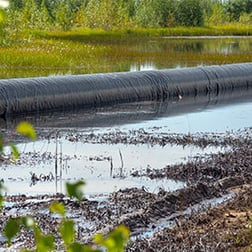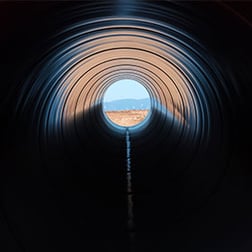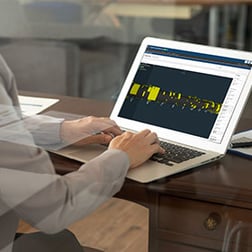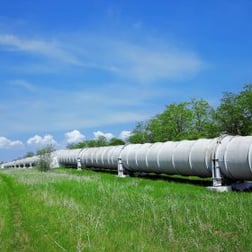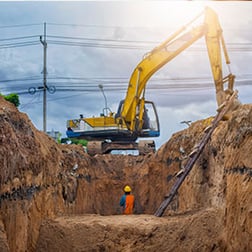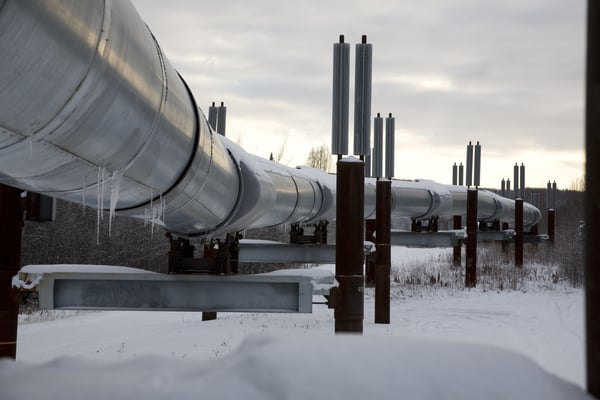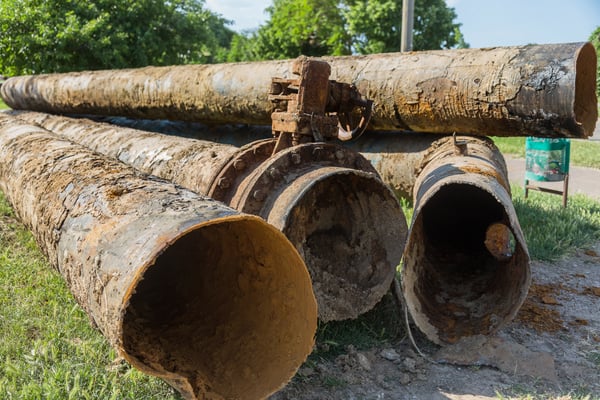OneBridge Solutions
Analysis of Internal Corrosion Monitoring Data in Relation to ILI Results
Discovering the intricate relationship between internal corrosion monitoring data and Inline Inspection (ILI) results is paramount for asset integrity management. That’s why our team was thrilled to present our latest case study, titled ‘Analysis of Internal Corrosion Monitoring Data in Relation to ILI Results,’ at AMPP. We used machine learning and data alignment tools to conduct this analysis. The results of this case study can help operators make more informed decisions about their internal corrosion mitigation plans.
This analysis demonstrates how operators can reliably connect their coupon data with their ILI data. Automated fast processing of the input data via machine learning and data alignment tools, operators can run this analysis to better inform corrosion mitigation decisions.
Internal corrosion monitoring data such as coupons and water analysis can provide insight into the presence and severity of internal corrosion between ILIs. Most operators rely on monitoring data to detect an unfavorable change but have limited confidence in the results. If parameters are outside specified KPIs, operators must make costly changes to their mitigation strategy.
Currently, pipeline operators use coupons and other monitoring data to determine if internal corrosion is active. Coupons are relatively easy to install, typically taking 1-2 days, and cost around $10,000 (USD). This makes this method for collecting data attractive to operators. It is an industry practice to install these monitoring points to capture “worst case scenario” data on the pipeline, which can result in skewed monitoring data due to excessive water dropout, debris, or lack of chemicals reaching the monitoring location.
Unfortunately, operators are limited to this data to make critical and costly decisions regarding their mitigation program. Operators will typically increase chemical usage or pigging frequency due to monitoring data results greater than the thresholds. Operators often make these changes to their programs and review the next round of monitoring data, hoping the adjustments have been favorable and repeating this cycle for the ILI interval.
Over the ILI interval (3-7 years), operators trust this monitoring data and make changes accordingly. ILI’s are a more expensive inspection, typically ranging from $50,000-$75,000 (USD) for an average system using standard MFL technology. The average inspection and analysis period can take up to 90 days making this method time-consuming and costly. However, the ILI provides data across the entire pipeline vs a coupon that is located at a single point.
Discrepancies between the following ILI assessment and this monitoring data are thus of critical importance, as the operator would not have a chance to correct their integrity management program. Both over- and under-estimates of the real corrosion rate incur time and money costs, requiring more spending on chemical programs or digs and repairs, for example. Operators can assess the validity of the monitoring data by connecting it with the ILI data. However, there must be agreement between different measurements of corrosion rates (coupons or ILI) to have full confidence in this decision-making. Assessing this agreement can be performed using automated machine learning and data alignment tools.
This work attempts to quantify the correlation between more-sensitive ILI measurements and negative changes in coupon monitoring data or additional data sets such as microbial or water. Additionally, monitoring data will be compared to an internal corrosion growth detection model based on ILI measurements.
To learn more about our findings you can download our case study below.




